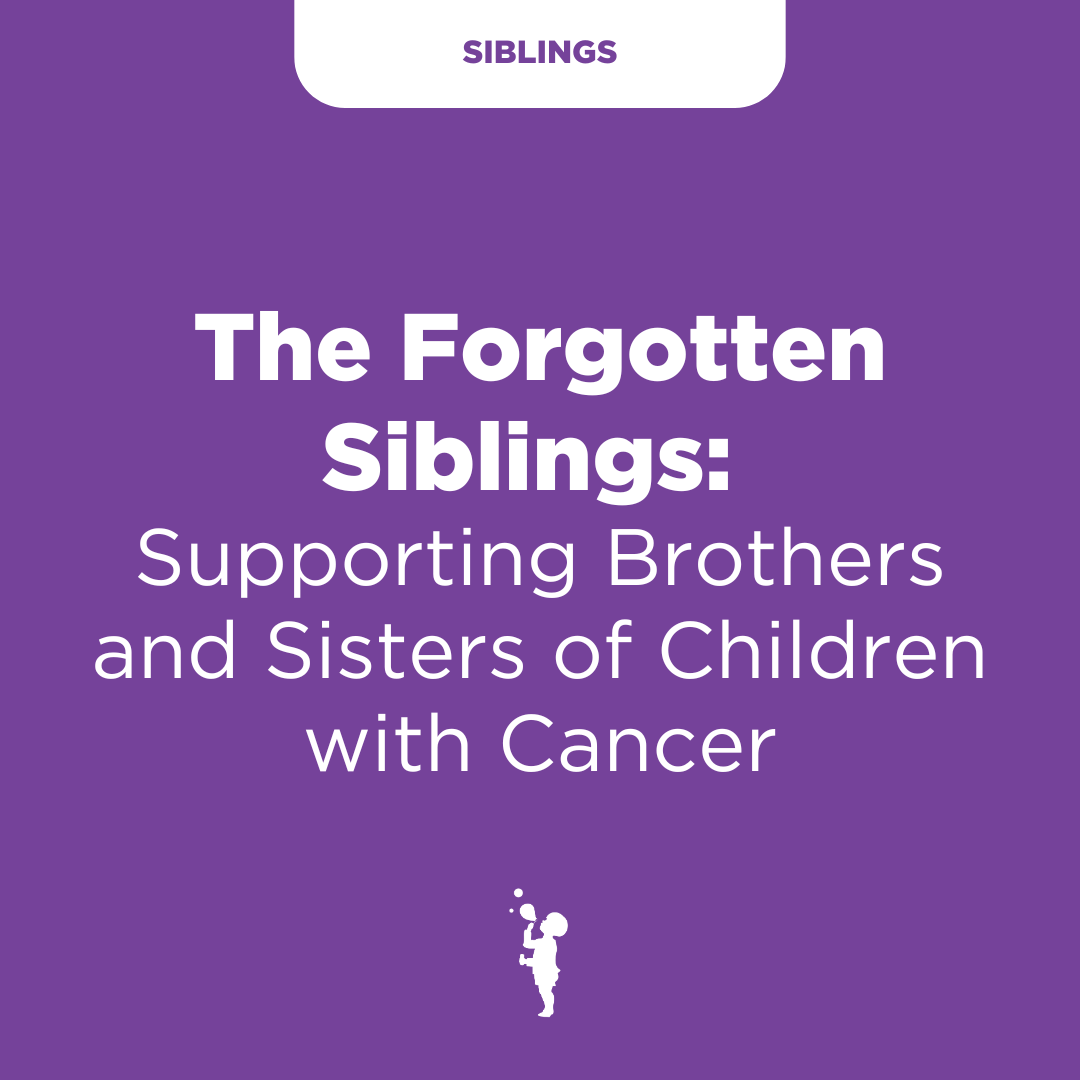Music and Emotions: a Look into Children's Grief Group
Right now, as you’re reading this, what is something you hear? The hum of the lights? The air conditioner? The rhythm of your breathing? Sound is all around us!
The Austin Hatcher Foundation for Pediatric Cancer has a Children’s Grief Group for kids affected by pediatric cancer who have experienced the death of a loved one, whether it’s a sibling to cancer, a beloved grandparent, or anyone in their life- due to cancer or not. It is a safe place to connect with others, talk about the person in their life who died, and learn about their body’s reaction to grief and emotions.
This year in our Children’s Grief Group, we have been learning about the important impact that our sensory system has on our emotions. Recently, we talked specifically about our sense of hearing and how different sounds and songs can elicit different emotions in us.
For example, a cow will produce more milk when listening to soothing music than when it isn’t listening to music. The music relaxes the cow and stimulates production of a hormone called oxytocin which allows the cow to produce more milk (Hays, 2014). Additionally, many studies have found that plants grow faster and healthier when there is music playing (Pink, n.d.).

Auditory information plays an important role in influencing our emotions. When our ears take in auditory information, it travels to a tiny almond shaped part of the brain called the amygdala (Schuman, et al., 2011). The amygdala plays a big part in taking your sensory information and deciding how you feel about the world around you (Schuman et al., 2011). Are you in danger? Should you feel happy? It processes what you hear and decides what emotion is connected to it, and what the sound means to you. The amygdala is the reason why some songs might make us feel sad, or some songs might make us want to get up and dance! Songs can have a really strong connection to our memories too. If a child is in the hospital and frequently listens to “Let it Go” from Frozen, when they get out of the hospital, that song may make them feel sad because it is strongly connected to the memory of the hospital. Similarly, our brain may make strong emotional connections to songs and someone in our life who has died. The kids in the grief group this month were able to make many connections to music and their loved ones and used this as an additional outlet for processing and emotional expression.
Sounds truly do have a unique and powerful impact on our brains. Think about your favorite song. Does it make you feel calm, happy or excited? Think about sitting next to a waterfall and hearing the roar of the water. Does it make you feel peaceful, calm or focused? We can use this powerful connection between our emotions and sounds to increase our concentration, lift our mood or help us make connections with our emotions. Make a playlist of songs (or sounds!) to influence your mood and play it when you need some encouragement. You may be surprised at just how powerful music can be!
References:
Hays, B. (2014, February 18). Cows produce more milk when they listen to soothing music. UPI. Retrieved April 7, 2023, from https://www.upi.com/Science_News/2014/02/18/Music-helps-cows-relax-produce-more-milk/1111392759663/
Pink, A. (2021, February 4). Fact or myth: Does music affect plant growth? Bloomscape. Retrieved April 7, 2023, from https://bloomscape.com/green-living/does-music-affect-plant-growth/
Schumann, C. M., Bauman, M. D., & Amaral, D. G. (2011). Abnormal structure or function of the amygdala is a common component of neurodevelopmental disorders. Neuropsychologia, 49(4), 745–759. https://doi.org/10.1016/j.neuropsychologia.2010.09.028


.png)


.png)